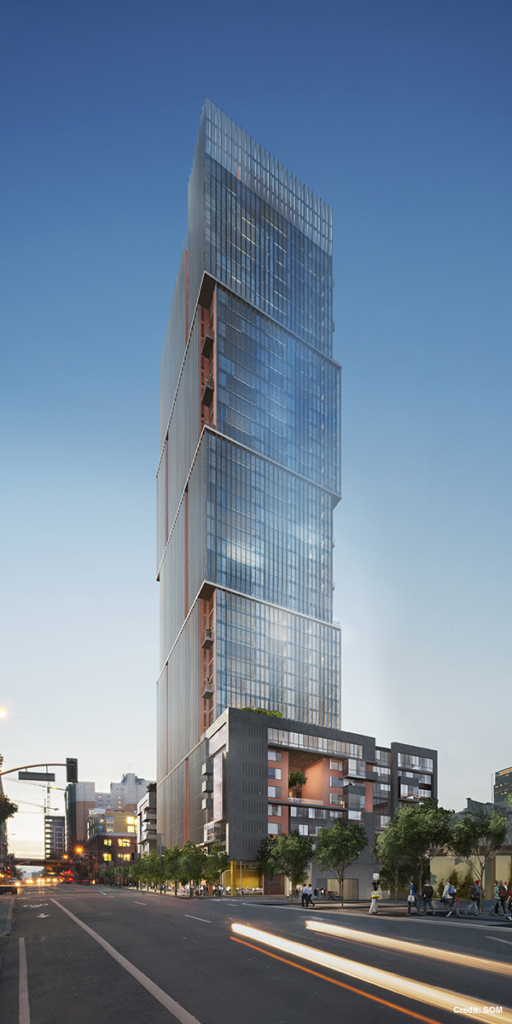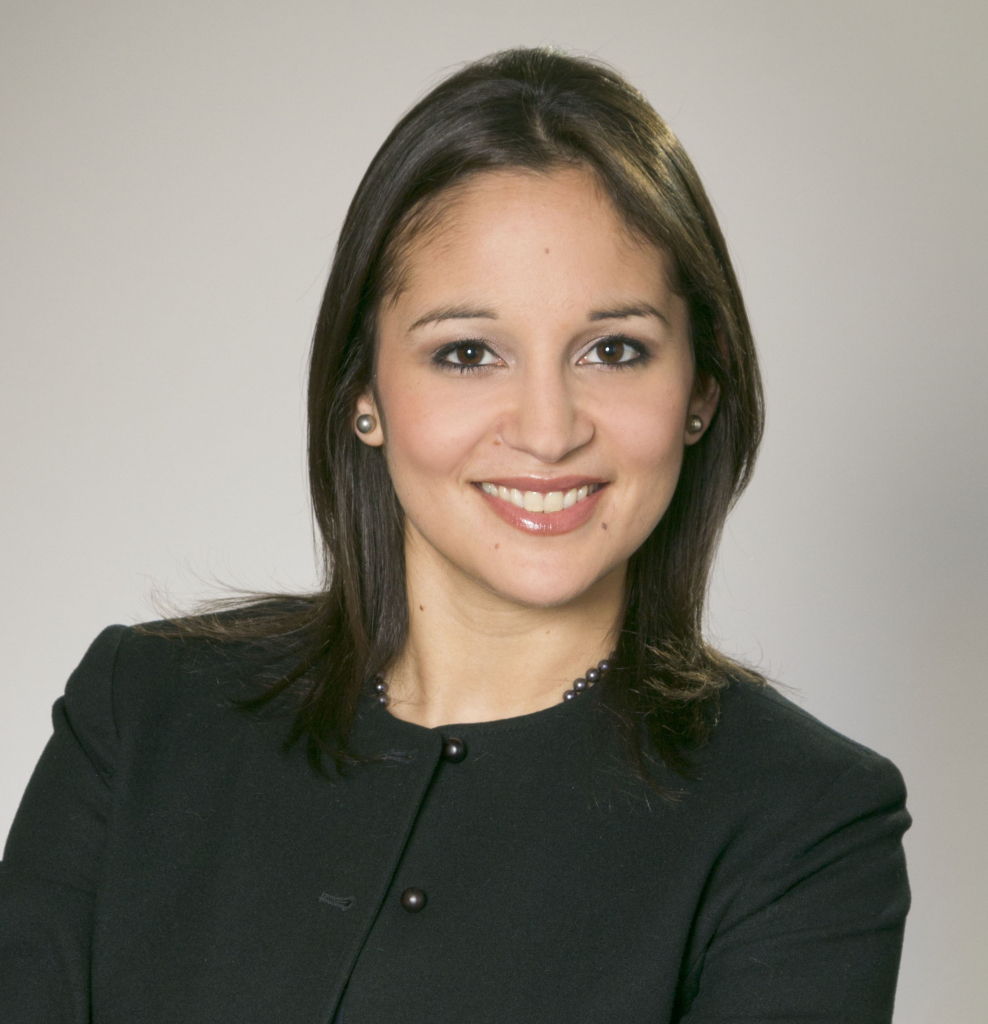Q&A Expert Spotlight
With the implementation of a new non-potable ordinance, how were Langan engineers able to satisfy sustainability measures without impacting cost?
 With concerns of drought conditions and increased water demand as population increases, San Francisco created a non-potable water program that promotes sustainability and establishes guidance and policy frameworks to overcome barriers for onsite water reuse. The program advocates systems that recycle nonpotable water — such as rainwater, graywater and foundation drainage — for nonpotable uses, such as toilet flushing and irrigation.
With concerns of drought conditions and increased water demand as population increases, San Francisco created a non-potable water program that promotes sustainability and establishes guidance and policy frameworks to overcome barriers for onsite water reuse. The program advocates systems that recycle nonpotable water — such as rainwater, graywater and foundation drainage — for nonpotable uses, such as toilet flushing and irrigation.
Transbay Block 9 is one of the first developments to implement a non-potable water program. Design of the multi-family residential tower was already underway when the city passed the ordinance to create the program and mandate new developments over 250,000 GSF to participate.
The new requirements forced a change to the building’s entire plumbing system and architectural programming because of different spacing requirements to house the system. Consequently, midway through the strategy and planning phase – also known as 50% Construction Documents, Langan engineers had to move quickly to come up with a strategy to comply with the new ordinance.
As a result, our site/civil team assisted the design team in developing a plan that integrates a non-potable system with the existing stormwater management system. By combining both systems into one, the project increased sustainability measures onsite and saved the owner money. Furthermore, the volume of stormwater captured offsets the building’s non-potable demand (i.e. toilets) by over 20% by retaining and reusing stormwater rather than using potable drinking water. The remaining 80% of the building’s water demand is met by harvested and treated graywater. These methods contribute to sustaining a viable system in reusing water resources instead of exhausting scarce water sources.
 Answer provided by Pamela Nieting, PE, LEED AP, QSD/P, Senior Project Manager
Answer provided by Pamela Nieting, PE, LEED AP, QSD/P, Senior Project Manager
Pam has over 10 years of experience specializing in permit acquisition, site feasibility and planning studies, sustainability and LEED design, ADA compliance, state and local ordinance, and redevelopment projects. Her experience also includes stormwater management and performing design and analysis of site grading, utility design, hydrologic and hydraulic analysis, and cut/fill analysis.
